Now Reading: Signs of high cholesterol that appear only when you walk
-
01
Signs of high cholesterol that appear only when you walk
Signs of high cholesterol that appear only when you walk
AA
Text Size
- Small
- Medium
- Large
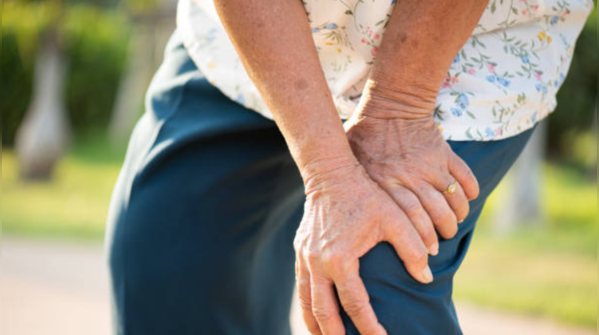
1/9
Learn the initial signs of high cholesterol before it is too late
High cholesterol, or hypercholesterolemia, usually has no apparent symptoms and is therefore labeled as a “silent killer.” Yet some of its symptoms show up when performing physical exertion such as walking, through the manifestation of peripheral artery disease (PAD), which is closely related to increased levels of cholesterol.

2/9
Intermittent claudication
The most noted symptom of PAD is intermittent claudication. Intermittent claudication is defined by muscle ache or cramping of the legs or arms when one does any activity and is relieved with rest. The pain is due to lack of blood supply to supply the increased demand of muscles when a person is physically active. As PAD advances, people may experience this pain after walking for a smaller distance or even during rest.

3/9
Leg pain or discomfort
One of the first symptoms of high cholesterol on circulation is leg pain, most commonly caused by peripheral artery disease (PAD). As cholesterol accumulates in the arteries, they become smaller, and oxygen supply to the muscles is diminished. This causes pain, tenderness, or tiredness in the calves, thighs, or buttocks, especially while walking or climbing stairs. The pain results from the fact that muscles need more oxygen when in use, while the narrow arteries do not supply sufficient oxygen. Normally, pain is relieved by rest because the oxygen demand by the muscles is lowered. With increasing severity of the condition, the pain can be felt even when at rest.
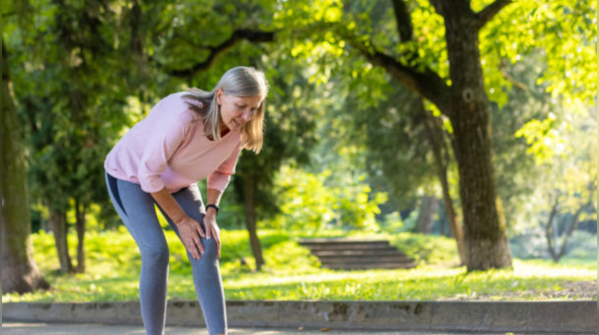
4/9
Muscle weakness
Narrowing of the arteries caused by cholesterol can cause weakness of the muscles in the legs. This is seen in the form of walking, balancing, or even standing for a long time. The muscles use a continuous flow of oxygen and nutrients transported through the blood, and when they are not adequate, their function is compromised. With time, sustained poor circulation may result in atrophy of muscles, making individuals more prone to falls and generally less mobile, especially in elderly or those with other risk factors.

5/9
Cold in lower extreme
Poor circulation from high cholesterol will cause one lower leg or foot to feel colder than the other, especially during or after a walk. This is because reduced arteries limit the flow of blood to the extremities, curtailing warmth dissemination. Consequently, the concerned leg can feel a lot colder to the touch than the rest of the body. In severe situations, the foot or toe skin can look pale or even bluish because it is not being oxygenated sufficiently. Chronic coldness in the extremities is a sign of advanced PAD and should not be dismissed since it can signal extensive arterial blockage.
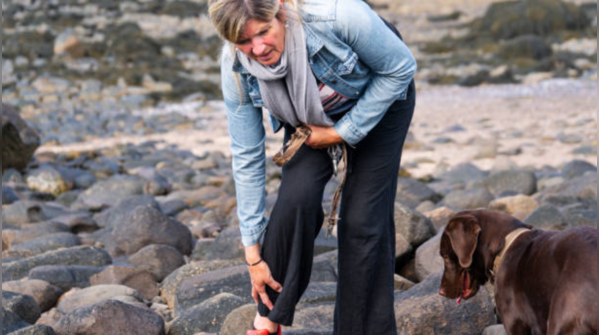
6/9
Numbness or tingling
An improper circulation of blood can result in numbness or a feeling of tingling in the toes or feet, especially when engaging in physical exercise such as walking. This is because nerves need oxygenated blood to work efficiently. When the cholesterol deposits narrow or clog the arteries, nerve function is affected, resulting in feelings of “pins and needles” or loss of sensation. If not treated, the condition may advance to cause chronic tingling, nerve injury, or even tissue necrosis in bad cases. Those who have long-standing tingling in the feet need to consult for medical assessment to avoid sequelae such as ulcers or infection.
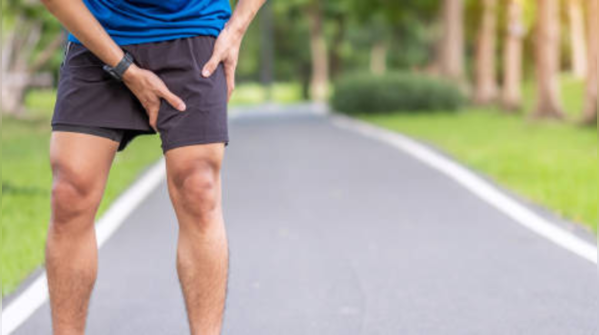
7/9
Color change
A change in the color of the feet or legs that may be lighter or even purplish-blue indicates high cholesterol. This coloring is the result of less oxygen-rich blood reaching the skin, a direct product of poor circulation brought about by cholesterol plaque accumulation. When arteries are narrowed, the delivery of oxygen is inadequate, and the skin responds by altering color. In extreme cases, this disorder can cause cyanosis, in which tissues will be noticeably blue from lack of oxygen. If the discoloration persists or aggravates, it could be an indicator of critical limb ischemia, a severe PAD complication necessitating urgent medical intervention.
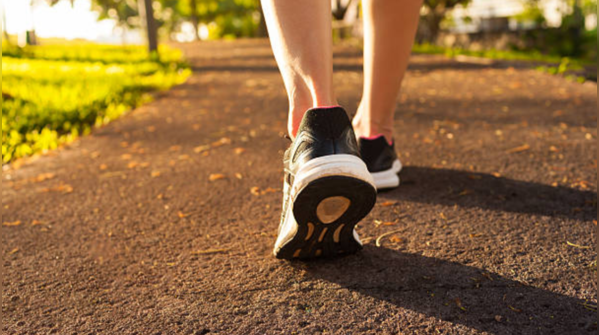
8/9
Slowed wound healing
High cholesterol is responsible for slowed healing of small injuries, cuts, or blisters on the legs and feet. This is because low blood flow prevents tissues from getting necessary nutrients and oxygen to heal appropriately. Consequently, minor wounds can take months or weeks to heal, posing a greater risk of infections. In some severe cases, non-healing ulcers will occur, leading to serious consequences such as gangrene or amputation. The condition is mostly prevalent among diabetics and those with cholesterol levels. Preventive foot examination and early diagnosis are thus critical to avoiding worse complications.

9/9
Preventive measures
To reduce the risk of developing high cholesterol and resultant PAD:
Regular screening: Regular checks for cholesterol can lead to early detection and treatment.
Healthy diet: Focusing on fruits, vegetables, whole grains, and lean proteins while restricting trans and saturated fats maintains vascular health.
Physical activity: Regular exercise, including walking, enhances the cardiovascular system and aids in maintaining optimal weight.
Smoking cessation: Refraining from tobacco use is essential in maintaining arterial integrity and function.
FOLLOW US ON SOCIAL MEDIA
























